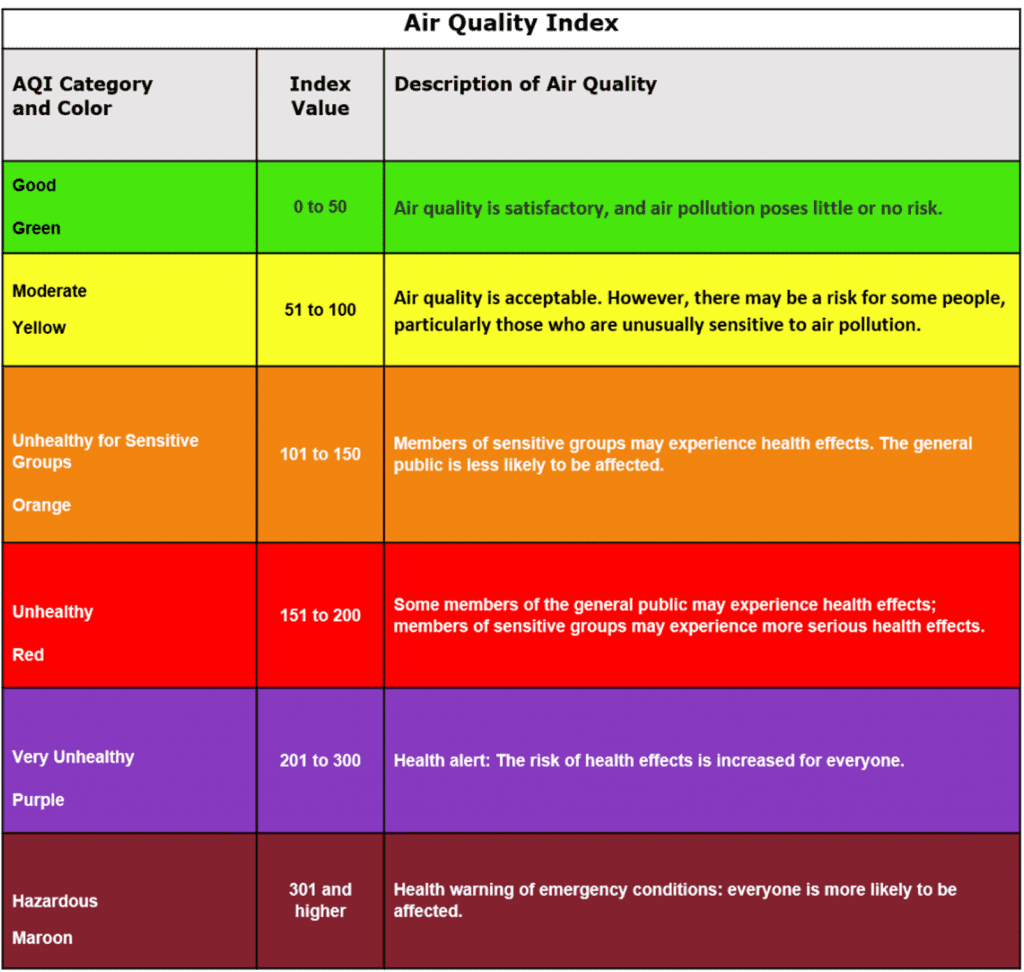What is AQI (Air Quality Index) and how does an air purifier improve it?
If you are planning to buy an Air Purifier and wondering what exactly it cleans, then you need to understand what is AQI.
The term AQI stands for Air Quality Index and is calculated using the number of various pollutants in the air. The most harmful pollutant is referred to as PM2.5 which damages the lungs. PM2.5 is the particle size of dust which is 2.5 microns (A micron is one-millionth of a meter, so for example the thickness of a human hair is around 80 microns). In addition to the PM2.5 particles, the air also contains particles of size PM10 and PM1.0. Even though these are harmful too but not as dangerous as PM2.5. That is why the reading of PM2.5 is separately listed along with AQI. Other than these particles the air contains volatile organic compounds, sulfur, carbon mono oxide, Carbon dioxide, toluene, smoke, pollens, and viruses and bacteria. The AQI reading is based on all these compounds combined.
The range of AQI is from 1 to 500, although sometimes in Pakistan it can go up to 600 or 700. Most AQI instruments cannot measure above 500. An AQI reading of 100 or below is considered safe or healthy, and anything above 150 starts affecting the health, especially who have allergies or other respiratory issues. Any AQI reading above 300 is hazardous for almost everyone. The table below shows the various readings of AQI


